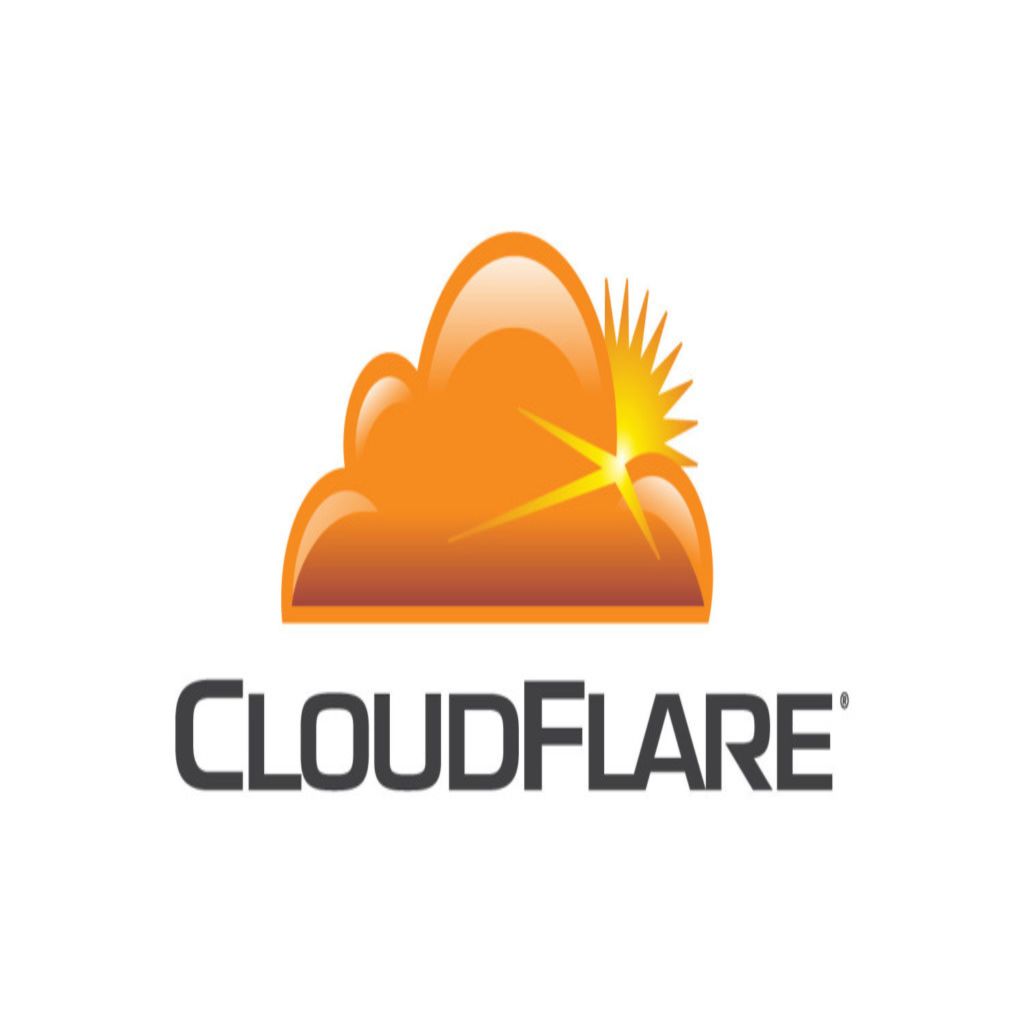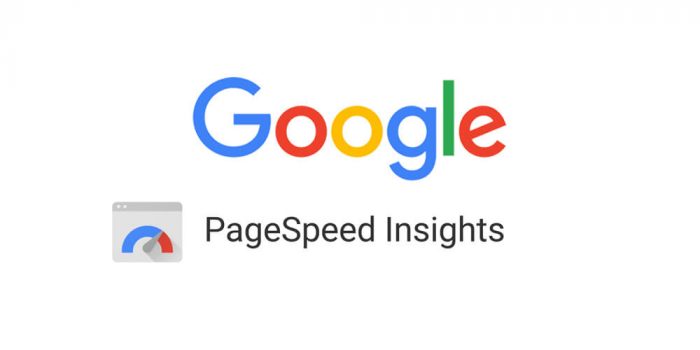Disaster Recovery: Saving the Present for the Future
When many of us think of disaster recovery, the most common conclusions that we draw refer to a home or a business. However, 21st-century technology and the present communications revolution also dictate that having such a recovery plan for a WordPress-hosted website is just as critical. Unfortunately, many owners are still unaware of how exceedingly important a disaster recovery plan is and the beneficial effects that it can have on a burgeoning enterprise.
The Basics of a Disaster Recovery Plan
It is a common misconception that a plan revolves around simply recovering a range of data that was lost as the result of an unexpected incident. On the contrary, modern plans will also include means to mitigate the risks of such a disaster occurring. Furthermore, a well-thought out approach is both simple and yet integral; allowing the implementation to occur seamlessly when a disaster arises. Some of the most fundamental features will include:
- A list of scenarios.
- Realistic responses for each scenario.
- Proactive steps to lessen the probability of an incident.
- Inclusion and contact details of the most relevant stakeholders.
Of course, these are but a handful of the primary options that are necessary to include.
The Purpose of a Plan
Although this should be altogether obvious, a disaster recovery plan is critical in the virtual world for a number of reasons. Incidents can include (but are certainly not limited to) a hacked website, a code corruption, massive data loss, backup server failure and a hosting provider falling offline. In each of these instances, a well-prepared plan will enable action to take place immediately. In effect, advanced preparation will directly lead to rapid responses; limiting downtime and restoring lost data (particularly important if it is a client’s site that has suffered a lapse).
The Modularity of Such a Plan
It is initially critical to know if a disaster is actually occurring. Thus, the first practice to adopt is to have a checklist available. This list will mainly address problems that require immediate attention as opposed to those that may be spurious and standalone issues. Once this checklist is completed, it will be much easier to determine the appropriate response.
Secondly, you will need to make a comprehensive list of common (and critical) situations that require immediate attention. The most grave can be:
- The abrupt and prolonged failure of a hosting provider.
- The malicious hacking (or corruption of data) from a website.
- A new update impedes the basic functioning of the site
Considerations
Notwithstanding the aforementioned metrics, there are other factors that need to be taken into account. For instance, a contact list is essential for the right people to be placed in the right places so that they can respond quickly. What are the acceptable downtime limits? This will depend on the site, for an e-commerce portal will be much more critical to maintain than an information-based site. How often should you set up restore points? Frequently updated sites will obviously require more points than static platforms. How often does a hosting provider back up their own files in the cloud? If they do, how long will it take to restore your critical data? You may also consider do-it-yourself backup services, as these can be tailored to your individual needs.
Above all, a plan should be as simple as it is effective. You should back up your information immediately after every update and proactively track any maintenance issues. After the plan has been established, you should perform a “dry run” or two to make certain that response times are adequate and all stakeholders perform as they be should. These few steps may potentially save you and your business a great deal of time, money and aggravation.
Content Delivery for Your Growing Business
In an online marketplace that is increasingly becoming defined by high-speed competition, your website requires reliable acceleration to cope with such demands. Bandwidth here is key and modern solutions will make use of a global network of routers that will optimise the presentation of web pages to decrease load times and provide your visitors with a truly streamlined experience. The end result of this will be higher retention rates and of course, the greater probability for a visitor to choose the product or service that you may be offering.
A Universal Edge
One of the advantages of providers such as Cloudflare is the fact that a website can be accessed from any website or domain; irrespective of your operating system. Notwithstanding simply changing your domain’s DNS settings, setting the system up will take less than five minutes in its entirety. As you may have suspected, all software is stored in the cloud so there are no downloads or hardware required. Even the coding of your site will not need to be modified. Of course, extra features such as real-time reporting, SSL encryption, and mobile applications are also available.
The Power of a Content Delivery Network
One of the hallmarks of a robust content delivery network (CDN for short) is its ability to enact real-time changes as may be required. This allows for an affordable option that is easy to install and maintain. All end nodes are strategically chosen as needs may dictate; further enhancing lightning-fast load times and our ability to handle millions of requests per second.
Speed is King
All of this may indeed sound a bit technical, but the end results cannot be denied. In simplest terms, these proprietary advantages will allow a website to afford a high-speed global presence on what may prove to be a limited budget. In fact, many sites that utilise a CDN will experience load times that are twice as fast as would be experienced otherwise. If we consider that the average visitor will remain on a homepage for less than thirty seconds if it loads slowly, this windfall suddenly becomes quite clear.
All Under One Roof
As mentioned previously, one of the key benefits of services such as CloudFlare is the fact that there is absolutely no configuration necessary to experience unsurpassed load speeds. Also, this system works with both static and dynamic website content. Perhaps one of the most notable features is that a content delivery system will ensure that a representation of your page is always online. In other words, a version of your cached website will be displayed to visitors in the event that a problem arises. This will help to all but eliminate the dreaded “404” messages that can result in the massive loss of visitors. Finally, an unparalleled redundancy will ensure that even if one data centre experiences issues, visitors will be rerouted to other sites; preventing massive falls in traffic that are associated with a site that relies on a single end node.
So, it should be clear that there are countless benefits associated with modern content delivery networks such as those fashioned by ClourFlare. Furthermore, you can rest assured that as the demands of the 21st-century change, such robust platforms will continue to evolve and adapt; keeping you one step ahead of the virtual curve.




